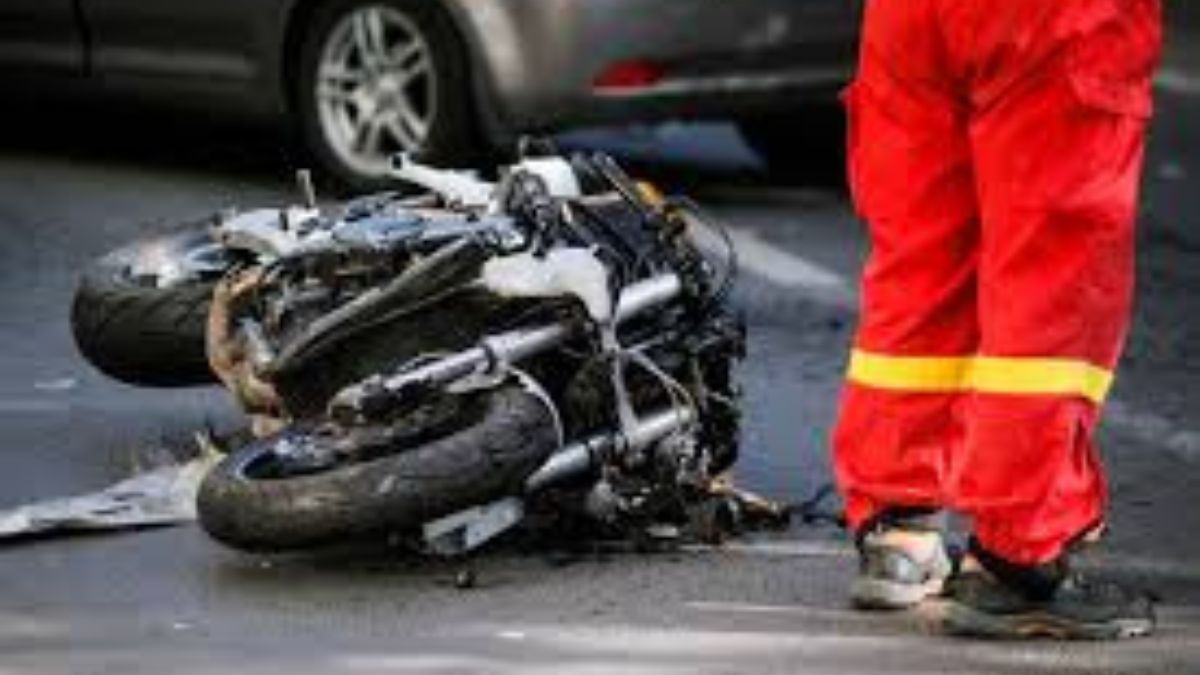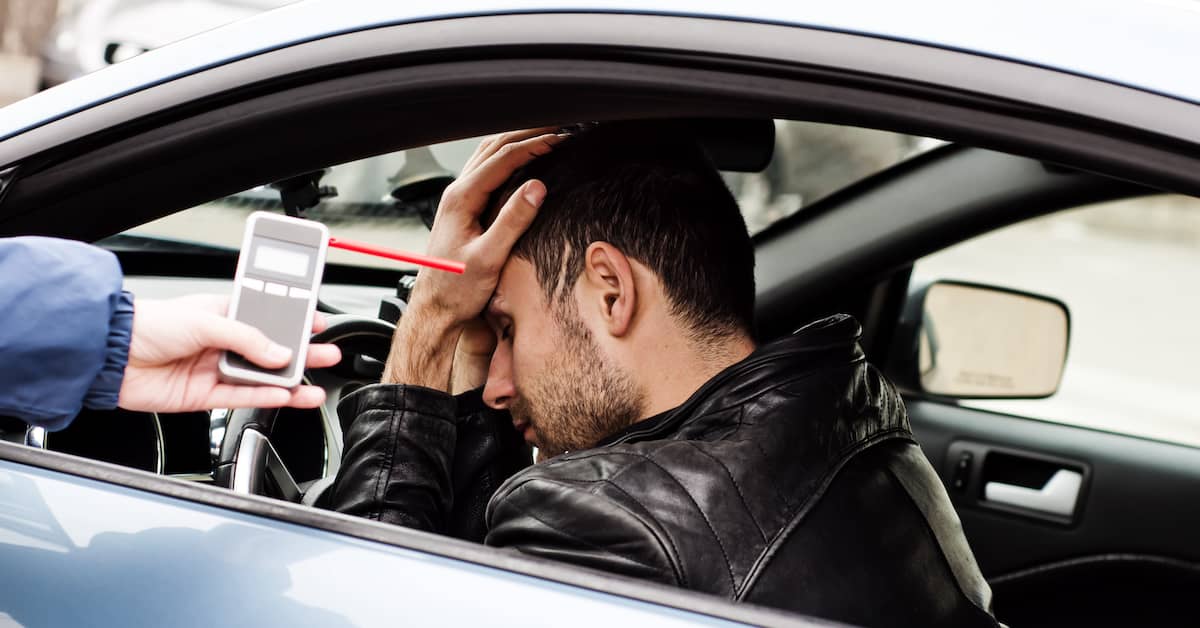TOPIC
Complex Bowel Care Skills for Better Patient Care

Taking care of someone’s bowel health is a vital part of healthcare, especially when they face complex or chronic issues. I remember working with a patient, Mr. Smith, who struggled with severe constipation due to a spinal injury.
His discomfort and embarrassment were overwhelming, and it affected his overall quality of life. However, learning the right skills to help him made a significant difference.
This note from my diary explains why understanding bowel care is so important and how it can transform patients’ lives.
We’ll cover what bowel care involves, how to assess and manage bowel problems, and the best ways to provide compassionate, effective care. By the end, you’ll see how these skills can make a real impact on patients’ well-being.
Understanding Bowel Problems
Bowel problems, such as constipation, diarrhea, or incontinence, can be physically and emotionally distressing for patients. These issues often lead to discomfort, embarrassment, and even social isolation.
I’ve seen firsthand how these challenges can affect someone’s confidence and quality of life.
For example, Mr. Smith avoided social gatherings because he was worried about accidents.
Understanding how the bowel works and what can go wrong is the first step to helping patients like him.
It’s not just about physical health—it’s about restoring dignity and improving their day-to-day life.
Assessing Bowel Health
To help someone with bowel problems, you need to assess their situation carefully and thoroughly. Here’s what I’ve learned through my experience:
- Bowel Diary: Ask the patient to record when they go to the toilet, what their stool looks like, and any accidents. This helped me understand Mr. Smith’s patterns and identify triggers for his constipation.
- Medical History: Look at their past health issues, surgeries, and medications. For instance, certain medications can worsen constipation, so it’s important to review what they’re taking.
- Diet and Fluids: Check what they eat and drink. Small changes, like adding more fiber or increasing water intake, can make a big difference. Mr. Smith’s diet was low in fiber, which contributed to his issues.
- Physical Abilities: See how well they can move and use the toilet. For Mr. Smith, we had to adapt his care plan because of his limited mobility due to his spinal injury.
Managing Bowel Care
Managing bowel care involves a mix of approaches tailored to the patient’s needs. Here’s what I’ve found effective:
- Lifestyle Changes: Encourage a balanced diet rich in fiber, plenty of fluids, and regular exercise. Even light physical activity can help stimulate bowel movements.
- Toileting Routine: Help them establish a regular schedule. For Mr. Smith, setting specific times to use the toilet reduced his anxiety and improved his bowel habits.
- Medications: Use laxatives or other treatments if needed, but always under medical supervision.
- Non-Medication Techniques: Teach exercises to strengthen pelvic muscles, which can improve bowel control.
- Special Equipment: Use pads, catheters, or other aids if necessary. For patients with mobility issues, equipment like raised toilet seats can be a game-changer.
Best Practices in Bowel Care
Providing the best care requires a thoughtful and respectful approach. Here are some tips I’ve found helpful:
- Respect and Involvement: Always involve patients in decisions about their care. Mr. Smith felt more in control and less embarrassed when he had a say in his treatment plan.
- Teamwork: Work closely with doctors, nurses, dietitians, and other professionals to provide holistic care. Collaboration ensures that all aspects of the patient’s health are addressed.
- Stay Updated: Keep learning about new techniques, treatments, and research in bowel care. Healthcare is always evolving, and staying informed helps you provide the best support.
- Regular Check-Ups: Monitor patients regularly and adjust their care plan as needed. Bowel health can change over time, so ongoing assessment is crucial.
Specialized Skills
Some patients require more advanced care, and healthcare workers need specialized skills to meet these needs. These include:
- Digital Rectal Examination (DRE): A procedure to check for blockages or other issues in the rectum.
- Digital Removal of Faeces (DRF): A manual procedure to remove stool if it becomes impacted. This requires training and sensitivity to ensure the patient’s comfort.
- Pelvic Floor Exercises: Teaching patients exercises to strengthen the muscles that support bowel control. These can be particularly helpful for patients with incontinence.
Regular Bowel Care Training
One of the best experiences in my career was attending a full-day complex bowel care training session. This training taught me everything about bowel care, from understanding the body to using the right techniques.
We started by learning about bowel anatomy, which helped me understand problems like constipation and incontinence.
The hands-on practice was very helpful—it made me feel confident to do these tasks safely, even in tough situations.
The training also focused on patient care. We learned how to talk to patients about bowel issues, which helped me build trust with Mr. Smith and others.
Role-playing real-life situations helped us practice managing patient embarrassment or cultural concerns.
I also learned about new tools for patients with mobility problems. The trainers shared helpful strategies for complex cases, which I now use in my work.
By the end of the day, I felt ready to provide high-quality care, both with the right skills and the right attitude. This training has helped me offer better care to patients like Mr. Smith.
Challenges and Considerations
Bowel care comes with its own set of challenges, and it’s important to approach them with empathy and understanding.
Some common challenges include:
- Embarrassment: Many patients feel ashamed or uncomfortable discussing bowel issues. Building trust and creating a safe space for conversation is key. Mr. Smith was initially too shy to talk about his problems, but over time, he opened up and felt more at ease.
- Cognitive Issues: Patients with memory or thinking problems may need extra support and simplified instructions.
- Physical Limitations: Patients with mobility issues may require adaptive equipment or assistance to use the toilet.
- Cultural Differences: Respect different beliefs and practices around health and hygiene. Cultural sensitivity is essential in providing patient-centered care.
Conclusion
Learning about complex bowel care is essential for improving patients’ lives. My experience with Mr. Smith showed me how much of a difference proper care can make.
Understanding how to assess and manage bowel problems, healthcare workers can provide better support and help patients regain their confidence and independence.
It’s about teamwork, staying updated, and treating patients with dignity and respect.
With the right skills and a compassionate approach, we can help people like Mr. Smith live more comfortably and confidently, ensuring they receive the care they deserve.
Bowel care may not always be easy, but it’s incredibly rewarding to see the positive impact it can have on someone’s life.
TOPIC
What If a Motorcycle Defect Caused Your Crash?

Imagine riding your motorcycle, feeling the wind, when suddenly, disaster strikes. You crash. It’s terrifying and confusing. What if a defect in your motorcycle caused this tragedy? You need answers. A defective part could risk your safety more than you realize. You deserve to know the truth behind the accident and hold the right parties accountable. The journey to uncovering the cause starts with understanding what went wrong. Was it a faulty brake, ineffective steering, or a weak frame? Each could spell disaster. You must act swiftly to protect yourself and others. Learning who is responsible can empower you to prevent future harm. If you suspect a defect, it’s crucial to seek expert advice. Knowing where to turn is important. Inquire here for guidance on what steps to take next. Remember, taking action isn’t just about justice. It’s about safety and prevention.
Identifying the Defect
The first step in addressing a motorcycle defect is identifying the problem. Mechanical issues can range from minor to severe. Some common defects include brake failure, steering malfunctions, and structural weaknesses. These defects can result from manufacturing errors or design flaws. Recognizing a defect requires keen observation and sometimes expert assistance. If you notice unusual sounds, reduced performance, or if something feels off, you may be dealing with a defect.
Types of Common Motorcycle Defects
Understanding the types of defects helps in determining next steps. Below is a table summarizing common defects:
| Defect Type | Possible Consequences |
| Brake Failure | Increased stopping distance, collisions |
| Steering Malfunction | Loss of control, veering off-road |
| Structural Weakness | Frame collapse, severe injury |
Taking Action
Once you suspect a defect, action is necessary. Report the issue to the manufacturer and consult with a legal professional. It’s not just about getting compensation. It’s about preventing similar incidents. If you’re unsure how to proceed, resources are available. For more information on vehicle safety and defects, visit the National Highway Traffic Safety Administration website.
Legal Implications
Understanding the legal landscape is essential. If a defect caused your crash, you might have a case against the manufacturer or distributor. Lawsuits can be complex. They often require proving the defect and its direct link to the crash. Legal experts can guide you through this process. They help gather evidence and build a strong case.
Preventing Future Incidents
Prevention is crucial. Regular maintenance and inspections are key. Always check for recalls related to your motorcycle model. Keeping your motorcycle in top condition reduces the risk of defects. Educating yourself about potential risks empowers you to make informed decisions. It ensures your safety and the safety of others on the road.
Conclusion
A motorcycle accident caused by a defect is more than an unfortunate event. It’s a call to action. Recognizing defects, taking appropriate steps, and preventing future incidents are essential. Staying informed and proactive ensures safer rides for everyone. Remember, the road to safety starts with awareness and decisive action.
TOPIC
How Wildlife‑Related Crashes Affect Liability And Insurance Claims

Every year, wildlife causes thousands of accidents on our roads. These crashes can be distressing and lead to unexpected consequences. When you collide with an animal, you’re not just facing potential damage to your car. You might also deal with serious injuries and complex insurance claims. Understanding your liability in these situations is crucial. Insurance policies often vary, and knowing what to expect can help you navigate this tricky situation. You may wonder about coverage for repairs and medical costs. Or perhaps you’re concerned about how this affects your insurance rates. Each situation is different, and the details matter. Learn about your rights and responsibilities to protect yourself better. It’s essential to stay informed. As you drive, stay alert and watch the road. Discover more about how wildlife-related crashes impact your insurance claims and liabilities. Your awareness could make a significant difference in your life.
Understanding Wildlife-Related Crashes
Encountering wildlife on the road can be sudden and frightening. Animals like deer, moose, and even smaller animals pose significant risks. The damage can be extensive, affecting both your vehicle and your peace of mind. These incidents often happen during dawn and dusk when animals are most active. Avoiding such crashes requires vigilance and quick reactions. However, accidents still occur despite your best efforts.
Liability in Wildlife-Related Accidents
Determining liability in wildlife accidents is often complex. Generally, no one owns wild animals, so the responsibility doesn’t fall on a specific party. If you collide with wildlife, liability typically rests with the driver. This means you could be responsible for repair costs and potential increases in insurance premiums. Knowing what your insurance covers is essential. Comprehensive coverage often includes animal collisions, while liability insurance does not. Reviewing your policy details can prevent surprises later.
Insurance Claims: What to Expect
Filing an insurance claim after a wildlife crash can seem daunting. Knowing the steps to take can ease the process. First, ensure everyone’s safety and contact authorities if necessary. Document the incident with photos and notes about the conditions and time. Contact your insurance company promptly to report the accident. Each insurer may handle claims differently, so understanding your policy helps. Coverage for repairs, medical costs, and even towing depends on your insurance type.
Comparing Coverage Types
| Coverage Type | Includes Wildlife Collisions | Repair Costs Covered |
| Liability Insurance | No | No |
| Comprehensive Insurance | Yes | Yes |
| Collision Insurance | Sometimes | Depends on the provider |
This table shows how different coverage types handle wildlife collisions. Comprehensive insurance is your safest bet for full coverage in these scenarios. Always review your policy documents to understand your coverage scope.
Prevention and Safety Tips
Preventing wildlife crashes involves both awareness and action. Stay attentive, especially in areas with high animal activity. Use high beams when safe to spot animals earlier. Slowing down can give you more time to react. In areas with frequent wildlife crossings, be extra cautious. Whistles or devices claiming to deter animals are often ineffective. Instead, focus on driving carefully and maintaining control at all times. For more safety tips, visit National Highway Traffic Safety Administration.
The Role of the Community
Communities can play a part in reducing wildlife-related accidents. Local measures like installing signs or creating wildlife corridors can help. Educating drivers about high-risk areas and times is effective. Collaborating with local wildlife experts to understand animal patterns can also reduce incidents. Community effort is key to safer roads for everyone.
Conclusion
Wildlife-related crashes are unpredictable but manageable. By understanding your insurance policy and knowing your responsibilities, you can better handle these incidents. Prevention is key, but when accidents happen, being prepared helps. Ensure your policy covers potential wildlife encounters. Stay informed and cautious on the road. By taking these steps, you protect yourself and others. Drive safely and stay aware to minimize risks and enjoy peace of mind.
TOPIC
What To Do If A Drunk Driver Causes A Fatal Accident

A fatal accident involving a drunk driver shatters lives. If you face this tragedy, knowing your next steps is crucial. This guide helps you navigate these challenging moments. First, ensure your safety and others around you. Contact emergency services immediately. Authorities need to secure the scene and gather evidence. Then, reach out to family or friends for emotional support. The impact of such an event can be overwhelming. Seek professional legal advice promptly. Legal experts can help you understand your rights and options. Their assistance may be vital in ensuring justice for your loved one. Document everything you remember about the incident. Details can be essential later. Also, consider seeking counseling. Emotional recovery is as important as legal resolution. Addressing these steps eases the burden during this difficult time. Being prepared supports you in handling this tragic situation with strength and clarity. You are not alone in this journey.
Immediate Steps After the Accident
Once the scene is secure, focus on gathering information. Collect the names and contact numbers of witnesses. Take photos of the accident site if possible. These will aid in building your case. Understandably, emotions run high. However, clear documentation is crucial. Law enforcement will compile a report. Request a copy for your records. This report contains essential details. It will be crucial for legal and insurance purposes.
Legal Considerations
Engaging with the legal system can be daunting. Yet, it is an important step forward. Secure a reputable attorney experienced in dealing with drunk driving incidents. They will navigate the complexities of the law on your behalf. Start this process early. Legal procedures often require extensive time and effort. The attorney will help file claims and represent you in court if necessary.
Emotional and Psychological Support
Processing grief and trauma requires time and support. Many find comfort in speaking with counselors or support groups. There are professionals trained to help you through this difficult period. Friends and family members are also invaluable. Be open about your needs and feelings. They can offer a listening ear and necessary support.
| Support Option | Advantages | Disadvantages |
| Professional Counseling | Expert guidance, Confidential | Costly, Requires scheduling |
| Support Groups | Shared experiences, Community support | Availability varies, Less personalized |
| Family and Friends | Immediate availability, Emotional bond | May lack expertise, Emotionally invested |
Financial and Insurance Matters
Accidents lead to unexpected financial burdens. Insurance claims need to be filed promptly. Contact your insurance company to start the process. Provide them with the accident report and any additional information. It is also wise to consult with your legal advisor during this stage. They can ensure all documents are appropriately handled. In some cases, the process may lead to compensation. This can aid with medical or funeral expenses.
Long-Term Recovery and Resolution
Healing from this tragedy takes time. Some days will be harder than others. Establishing a routine can help restore a sense of normalcy. Engage in activities that bring you relief and comfort. Consider joining initiatives that advocate against drunk driving. Contributing to a cause may offer a sense of purpose.
Additional Resources
For more guidance, visit the National Highway Traffic Safety Administration (NHTSA). They offer resources on dealing with drunk driving incidents. You can also explore the Mothers Against Drunk Driving (MADD) website for support networks and advocacy opportunities.
Dealing with the aftermath of a drunk driving accident is a profound challenge. Each step taken brings you closer to resolution and healing. Reliable support and information make a significant difference. Remember, while the journey is difficult, you have resources and people ready to help. By taking active steps, you honor the memory of your loved one and contribute to a safer community.
-

 BLOG10 months ago
BLOG10 months agoIZoneMedia360 .Com: Exploring the Features and Benefits
-

 BLOG1 year ago
BLOG1 year agoAbout Blog TurboGeekOrg: A Go-To Hub for Tech Enthusiasts and Latest Innovations
-

 BLOG1 year ago
BLOG1 year agoWhat is a Golden Transit in Magi Astrology?
-

 NEWS9 months ago
NEWS9 months agoChloe Berger News: Insights on Employee Rights and Talent Retention
-

 ENTERTAINMENT1 year ago
ENTERTAINMENT1 year agoTyquaez Pickett: A Rising Star in the Entertainment World
-

 BLOG9 months ago
BLOG9 months agoA Complete Guide to ProcurementNation.com Shipping
-

 BLOG12 months ago
BLOG12 months agoWho Is Hall Sinclair? The True Story of Olivia Colman’s Son
-

 NEWS10 months ago
NEWS10 months agoThe Vision and Innovation of News Theamericansecretscom
